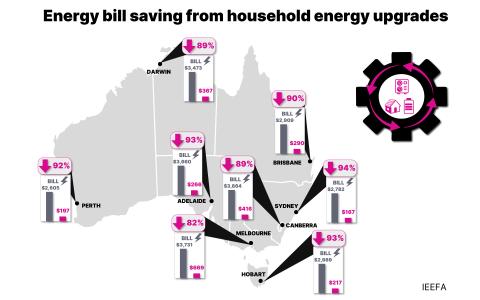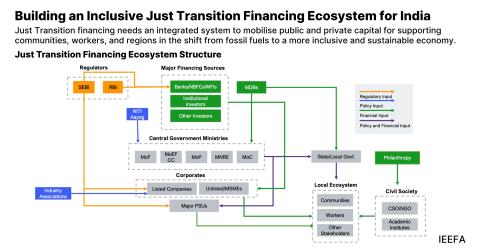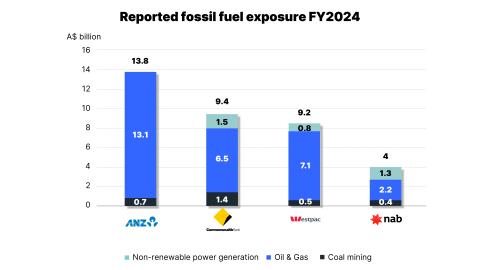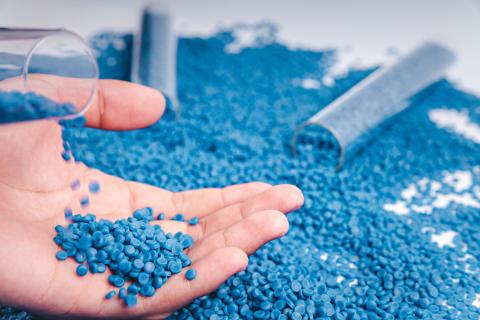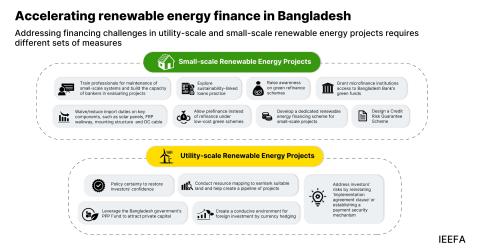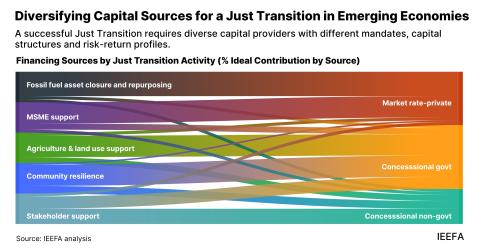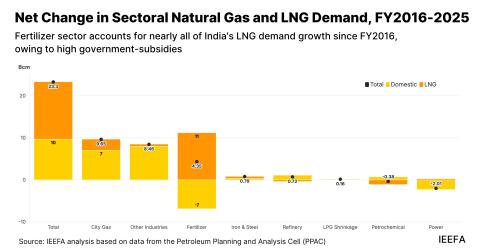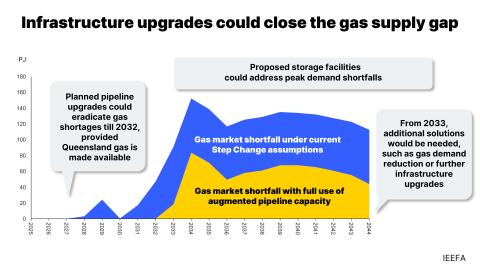IEEFA Energy Finance 2016: Progress Toward Integrating Renewable Energy Into the Grid
Renewable energy advocates everywhere are grappling with the challenge of how to integrate energy generated from wind and solar into existing power grids.
As moderator Suzanne Mattei, an IEEFA board member, put it in a morning panel at Energy Finance 2016 today, “You can make all the energy you want, but if you can’t get it into the infrastructure of the society you’re targeting, then you’re not going to reach your goal.”
Richard Sedano, of the Regulatory Assistance Project (RAP), a group of former government officials that advises governments in the U.S. and abroad on energy issues, explained some of the challenges posed by integration and highlighted progress that has been made. The U.S. is past the point of “entry panic,” or irrational fear of allowing wind and solar integration, Sedano said.
“It’s not about whether we can do it anymore, it’s about maintaining reliability.”
Sedano said that target breaks down into two main components:
- adequacy, or ensuring there is enough power to meet demand, and
- stability, meaning keeping operations smooth across different times of day and varying demand levels
He said additional storage capacity is one potential solution of many.
Christoph Podewils of Agora Energiewende offer perspective from Europe, detailing how Germany has increased its share of power generation from renewables from 5% in 1990 to 30% in 2015, with an eventual goal of 80% in 2050. Thus far into the transition away from fossil fuels and nuclear, Germany has found that wind and solar are already cost competitive to all other newly built power plants, and integration doesn’t dent that cost advantage.
Podewils said governments across Europe are collaborating on renewable energy to cover each country’s demand and mitigate flexibility needs. These actions underline a recommendation by Sedano made based on his organization’s work on integration: “If you’re small, get big. Try to connect to neighboring systems as much as you can.”


